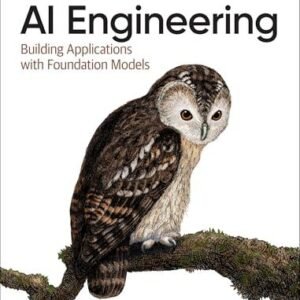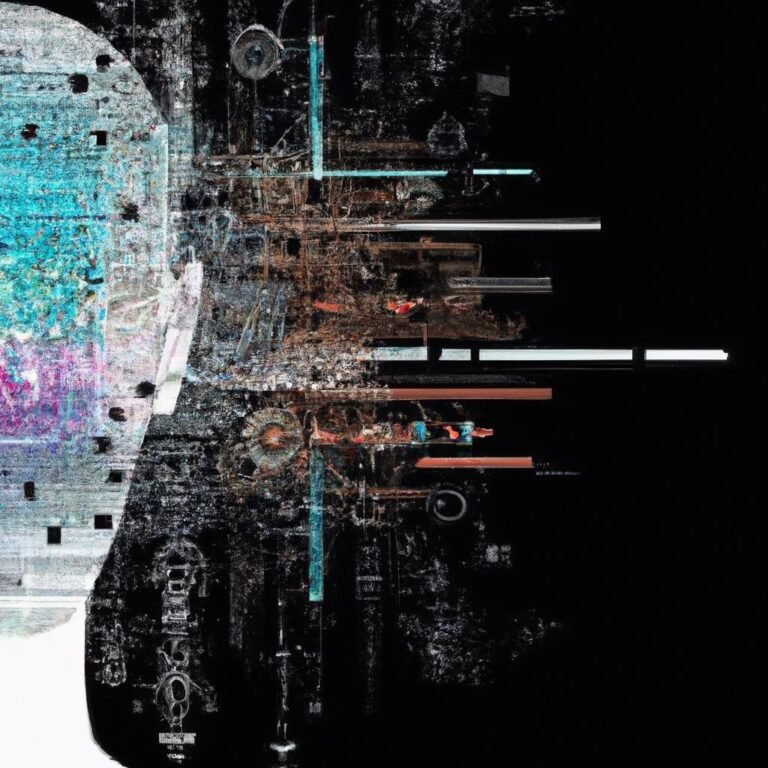In the digital age, where visual content proliferates at an unprecedented rate, the ability to understand and interpret images is more crucial than ever. Image recognition has emerged as a transformative technology, powering everything from social media tagging to advanced facial recognition systems in security. At the heart of this fascinating field lies a complex array of machine learning algorithms, each designed to interpret visual information with astounding accuracy.
In this article, we will demystify the algorithms that make image recognition possible, exploring the innovative techniques that enable machines to see, understand, and even learn from images. Whether you’re a seasoned tech enthusiast or a curious learner, our journey into the world of machine learning will equip you with the insights needed to appreciate the intricate processes behind this revolutionary technology. Join us as we unlock the secrets of image recognition and uncover how these algorithms shape our experiences in a visually driven world.
Table of Contents
- Understanding the Foundations of Image Recognition in Machine Learning
- Exploring Key Algorithms Transforming Image Processing
- Practical Tips for Implementing Machine Learning in Image Recognition
- Future Trends and Innovations in Image Recognition Technology
- To Wrap It Up
Understanding the Foundations of Image Recognition in Machine Learning
Image recognition relies on several foundational concepts and algorithms that empower machines to interpret and classify visual data. At the heart of this technology are convolutional neural networks (CNNs), which mimic the human visual system by processing data with layered filters. These layers enable the model to learn hierarchically, extracting simple features in the initial layers and more complex patterns in the deeper ones. Other crucial techniques include data augmentation, which artificially expands the training dataset by creating modified versions of images, and transfer learning, where a pre-trained model is adapted for a specific task, significantly reducing the required training time and data volume.
In addition to CNNs, various algorithms promote the effectiveness of image recognition systems. Among these are:
- Support Vector Machines (SVM) – Effective for classification tasks when combined with feature extraction techniques.
- K-means Clustering - Used for unsupervised learning, helping to group similar images based on characteristics.
- Region-based CNNs (R-CNN) - Focus on localized image regions for tasks like object detection.
- Generative Adversarial Networks (GANs) - These can create realistic images, enhancing training sets and improving recognition accuracy.
Together, these foundational algorithms lay the groundwork for sophisticated image recognition systems, enabling applications in various fields, from automated tagging on social media to advanced diagnostic tools in healthcare.
Exploring Key Algorithms Transforming Image Processing
The realm of image processing has been revolutionized by a set of algorithms that harness the power of machine learning. Among these, Convolutional Neural Networks (CNNs) stand out. These neural networks are specifically designed to process pixel data and recognize patterns within images, making them invaluable for tasks such as object detection, facial recognition, and even medical image analysis. CNNs utilize a hierarchical structure: they apply multiple filters to extract important features, which are subsequently pooled to reduce dimensionality while preserving essential information. This enables the model to generalize better, ensuring robust performance across diverse datasets.
Another noteworthy algorithm is the Generative Adversarial Network (GAN), which introduces a unique approach to image generation and editing. GANs consist of two opposing models—a generator that creates images and a discriminator that evaluates them. This adversarial setup fosters a competitive environment where the generator continually improves its output, ultimately producing remarkably realistic images. Applications of GANs are vast, spanning from generating art to augmenting datasets for training other machine learning models. Together, these algorithms not only enhance image recognition capabilities but also push the boundaries of creativity within digital media.
Practical Tips for Implementing Machine Learning in Image Recognition
Implementing machine learning for image recognition can seem daunting, but adhering to a structured approach can streamline the process. Start by gathering a well-labeled dataset, as the quality and relevance of your data are pivotal to your model’s accuracy. Ensure that the dataset covers a diverse range of scenarios and includes variations like lighting conditions, angles, and backgrounds. Consider leveraging transfer learning by using pre-trained models; they can significantly reduce training time and improve performance, especially when data is scarce. Also, be prepared to augment your dataset by applying techniques such as rotation, flipping, or zooming to create synthetic examples that enhance your model’s robustness.
Once your model is set up, focus on iterative training and evaluation. Monitor key metrics such as accuracy, precision, and recall to gauge performance. Use tools such as confusion matrices to visualize how well your model distinguishes between different classes. It’s also essential to implement strategies to prevent overfitting, like using dropout layers or regularization techniques. regularly refine your model based on feedback and learning from its errors; the machine learning landscape is continuously evolving, and keeping your model updated with fresh data can lead to substantial improvements.
Future Trends and Innovations in Image Recognition Technology
As image recognition technology advances, the integration of neural networks and deep learning models is driving unprecedented developments. These innovations enable systems to identify and classify images with greater accuracy, thanks to techniques such as convolutional neural networks (CNNs) and reinforcement learning. The future will likely see improvements in real-time processing, which can be beneficial for applications ranging from autonomous vehicles to security surveillance. Additionally, edge computing is making it possible to process images directly on devices, significantly reducing latency and bandwidth requirements.
Moreover, as image recognition continues to evolve, we can expect several key trends to emerge:
- Explainable AI: Creating models that not only make decisions but also explain how those decisions were reached.
- Augmented Reality (AR): Enhancing user experience by overlaying virtual images on the real world through mobile devices.
- Cross-modal recognition: Combining image recognition with other modalities, such as text or audio, for richer data interaction.
- Increased focus on ethics: Developing standards for privacy and data security in image recognition systems.
| Innovation Area | Description |
|---|---|
| Neural Architecture Search | Automated design of networks optimized for specific image recognition tasks. |
| Federated Learning | Training models on distributed data while maintaining user privacy. |
| Generative Adversarial Networks (GANs) | Creating realistic synthetic images to enhance training datasets. |
To Wrap It Up
As we reach the conclusion of our exploration into the fascinating world of image recognition and the machine learning algorithms that power it, it’s clear that we are just scratching the surface of what this technology can achieve. From enhancing our daily lives to driving innovation across various sectors, image recognition is revolutionizing the way we interact with the digital world.
By understanding the core algorithms—such as convolutional neural networks, support vector machines, and decision trees—we can appreciate the complexity and elegance behind the scenes. Each algorithm offers unique strengths, and the right choice often depends on the specific requirements of the application at hand.
As advancements continue to unfold and computational power increases, the potential for image recognition technologies to become even more sophisticated is immense. Whether you’re a developer looking to implement these algorithms in your projects, a business leader aiming to integrate AI-driven solutions, or simply a tech enthusiast, keeping abreast of these developments will be invaluable.
Thank you for joining us on this journey to unlock the potential of image recognition. We encourage you to experiment with these algorithms, explore their applications, and contribute to the vibrant field of machine learning. The future is bright, and the possibilities are endless—let’s embrace the innovations that lie ahead!





